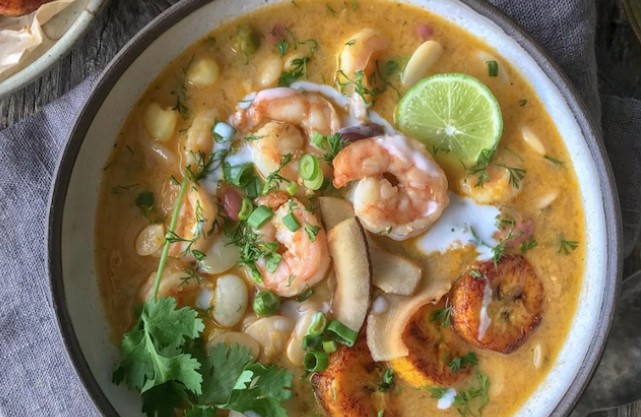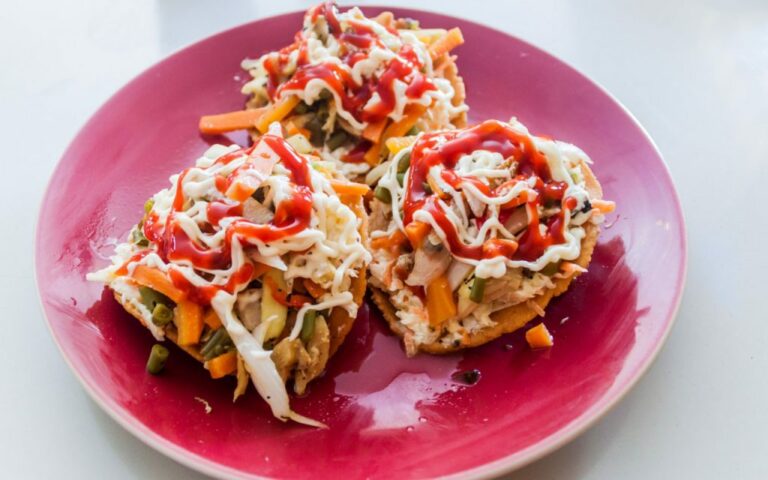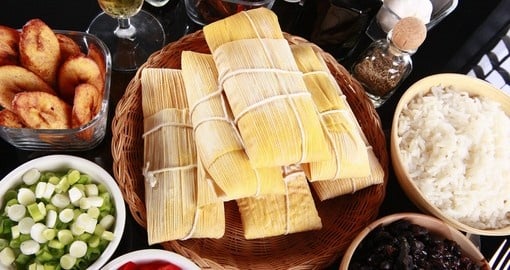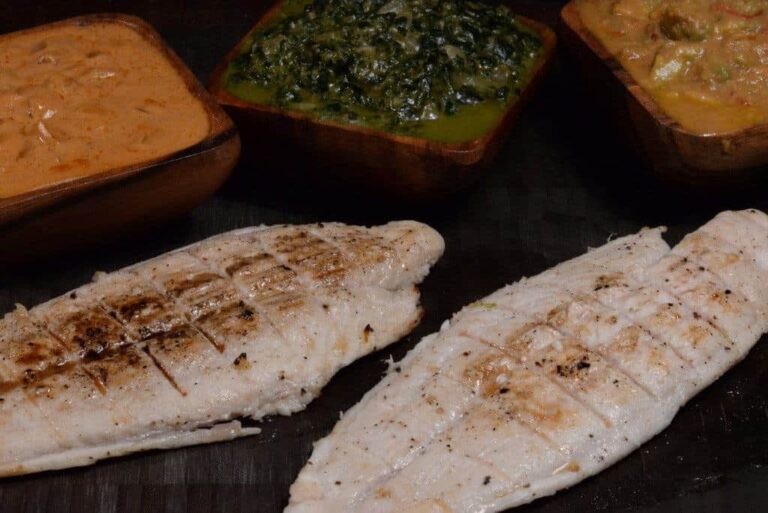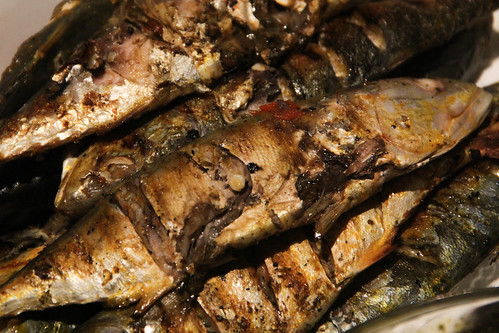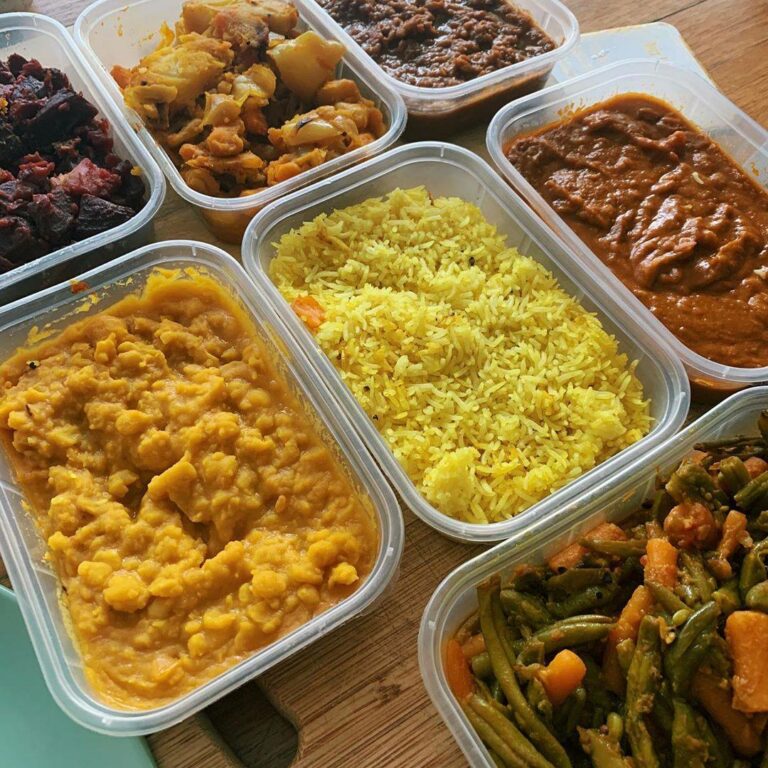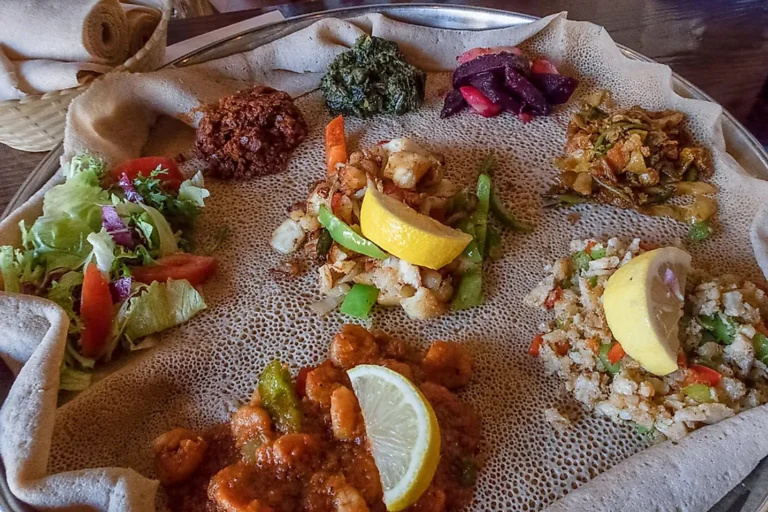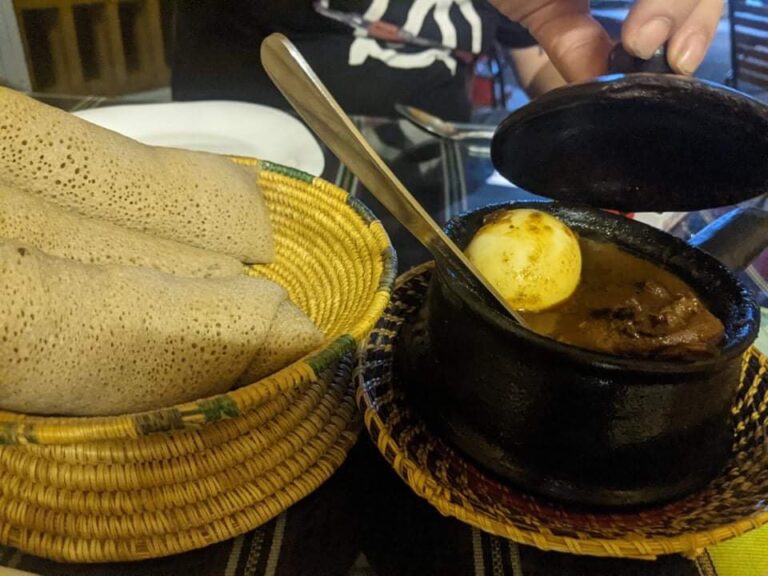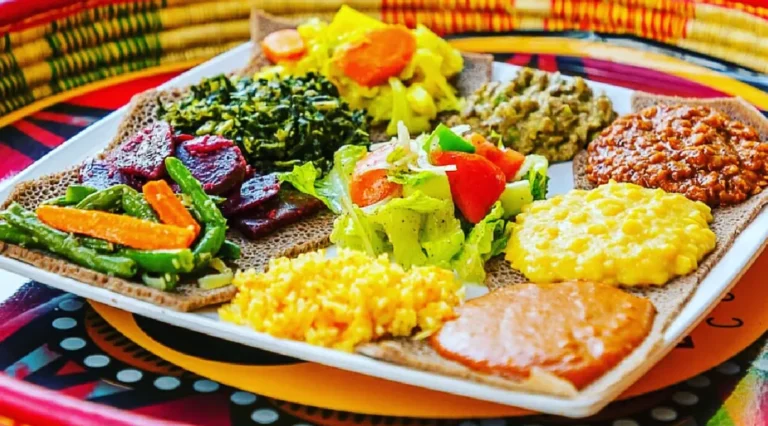Introduction: Exploring Ecuador’s Street Food Scene
Ecuador is a country that offers a wide variety of street food options, ranging from traditional dishes to international cuisine. Visiting street food markets and areas is an excellent way to explore Ecuador’s food culture and to sample some of the most delicious and unique dishes. Whether you are in Quito, Guayaquil, Cuenca, Otavalo, Banos, or Manta, there are several street food markets or areas that are worth visiting.
Quito’s Famous Food Markets: Mercado Central and La Mariscal
Quito, the capital city of Ecuador, is home to two famous food markets, Mercado Central and La Mariscal. Mercado Central is the largest market in Quito, offering an array of food options, including roasted guinea pig, empanadas, ceviche, and more. The market is also an excellent place to buy fresh produce, spices, and other ingredients. La Mariscal, on the other hand, is known for its vibrant nightlife and international cuisine. There are several food stalls and restaurants that offer Asian, Mediterranean, and American dishes. Some of the must-try dishes in La Mariscal are shawarma, falafel, and hummus.
Guayaquil’s Foodie Paradise: Mercado del Sur and Las Peñas
Guayaquil, the largest city in Ecuador, is a foodie paradise that offers a wide variety of street food options. Mercado del Sur is a seafood market that offers an authentic taste of the Guayaquil’s cuisine. Some of the popular dishes that you can try are ceviche, bolon, encocado, and churrasco. Las Peñas, on the other hand, is a historic neighborhood that is known for its vibrant street food scene. The area has several food stalls that offer traditional dishes, such as encebollado, seco de chivo, and arroz con menestra.
Cuenca’s Colorful Cuisine: Mercado 10 de Agosto and Feria Libre
Cuenca, a UNESCO World Heritage site, is a city that is known for its colorful cuisine. Mercado 10 de Agosto is the largest market in Cuenca, offering a wide variety of food options. Some of the popular dishes that you can try are hornado, cuy, and mote pillo. Feria Libre is another food market that is worth visiting, especially if you are looking for fresh produce and ingredients. The market is also an excellent place to try traditional snacks, such as humitas and tamales.
Otavalo’s Traditional Treats: Plaza de los Ponchos and Mercado Municipal
Otavalo, a town that is known for its indigenous culture, is also a foodie destination. Plaza de los Ponchos is a food and craft market that is known for its traditional treats, such as helado de paila (a local ice cream) and churros. Mercado Municipal, on the other hand, is a food market that offers a wide variety of traditional dishes. Some of the must-try dishes are fanesca, locro, and quimbolitos.
Banos’ Delicious Delicacies: Mercado de Banos and Calle Eloy Alfaro
Banos, a town that is known for its hot springs, is also a foodie destination that offers delicious delicacies. Mercado de Banos is a food market that is known for its traditional dishes, such as llapingachos, fritada, and morocho. Calle Eloy Alfaro is another street food area that is worth visiting. The street has several food stalls that offer typical dishes, such as empanadas, humitas, and churrasco.
Manta’s Seafood Sensations: Mercado Central and Barrio Tarqui
Manta, a coastal city that is known for its seafood, is a foodie destination that offers a wide variety of seafood sensations. Mercado Central is a food market that offers fresh seafood, such as shrimp, octopus, and fish. Barrio Tarqui, on the other hand, is a street food area that is known for its seafood dishes. Some of the popular dishes are ceviche, corviches, and encebollado.
Conclusion: A Tantalizing Tour of Ecuador’s Top Street Food Markets
Exploring Ecuador’s street food scene is a must-do activity for anyone who loves food. From Quito’s famous food markets to Manta’s seafood sensations, there are several street food markets or areas that are worth visiting. So, pack your bags and get ready for a tantalizing tour of Ecuador’s top street food markets.


